Portrait of Boineau
Papercutting glued on white sheet
Titled on the back, in pencil, by another hand
235 x 177 mm
Good condition, some foxing probably due to the glue (see photos)
Mention of a provenance on the marie-louise : Jacques Normand collection (French writer, 1848-1931)
On the back of the sheet, a blue ink stamp: "1952 Exposition Achille Devéria"
Painter, lithographer, illustrator, caricaturist, disciple of Anne-Louis Girodet-Trioson and Louis Lafitte, Achille Devéria a was one of the most passionate draughtsmen of the Romantic era. Often changing his style with talent and lightness, always curious about different techniques, he explored all the possibilities of the graphic arts.
This portrait made in papercutting is a perfect example. What seems to be an entertainment for Devéria turns out to be a work of very elegant psychological finesse. The artist could very well have consecrated the said Boineau in a lithographed portrait like he did dozens of, but he preferred to apply himself to portraying him differently, which is certainly a mark of friendship.
The model has not yet been identified. Boineau, maybe. But why not Jacques-Messidor (known as Henri) Boisseau (1794-1848), a disciple of Louis Lafitte just like Achille Devéria?
A cut out profile, instead of a drawn portrait.
Achille Devéria's drawings are often surprising. This work is even more so. The technique comes from the papercutting tradition, usually designed as decoration. But in Devéria's hands, it echoes, naturally, what will be done at the end of the 19th century by Henri Rivière and Caran d'Ache (the shadow theater) and what two other artists who were crazy about drawing will do, at the forefront of the avant-garde: Pablo Picasso and Henri Matisse.
Charles Blanc, eminent drawing specialist and contemporary of Achille Devéria devoted these beautiful lines to him in homage, which speak very well of his passion and his curiosity for all forms of expression: "Costumes, scenes from the theaters, interiors of the elegant world, conversations of love, historical episodes, children's games, all of this came out as of itself with rare ease, and often with singular happiness, on the lithographic stones of Motte or Delpech . Talent flowed there naturally, and one only saw the Devéria or the Charlet on the stalls of the printmakers; but the Charlet were only well understood in France: the Devéria were sought after throughout the universe, because they contained the spirit of the times, recent fashions, the atticism of the day: they represented the physiognomy of this little corner of land on which the world never ceases to have its eyes, and which is called Paris. Without leaving his home, Achille Devéria could observe the looks of his contemporaries, their way of being, their gesture, their way of greeting, of sitting on the sofa in the living rooms, of turning their backs on the fireplace. » (Charles Blanc, in Les Artistes de mon temps, 1876)






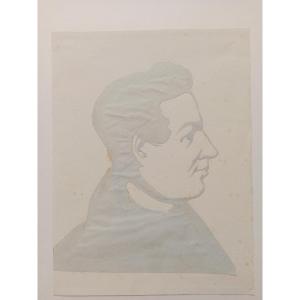




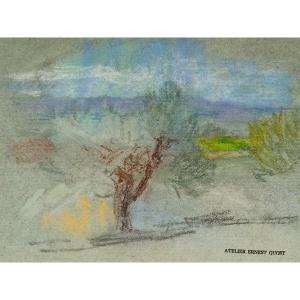

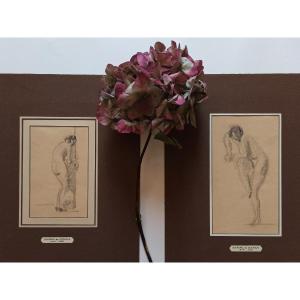
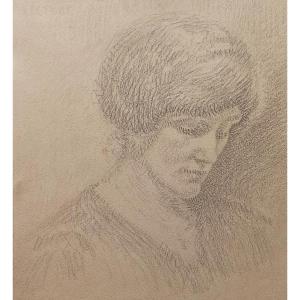

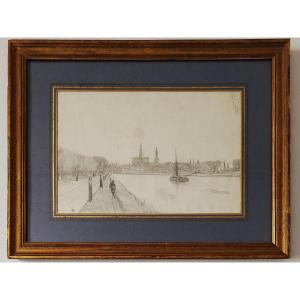
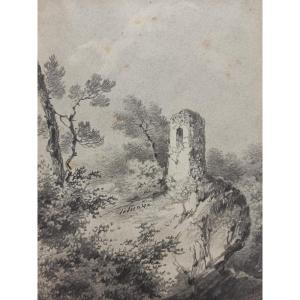

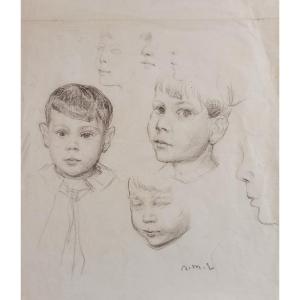


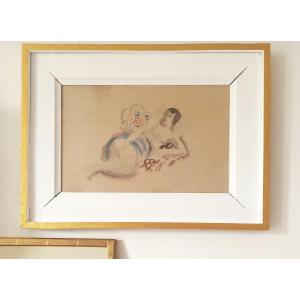

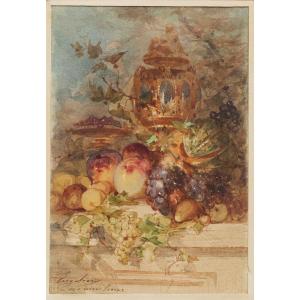
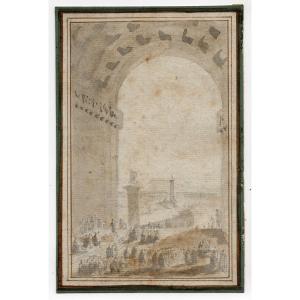
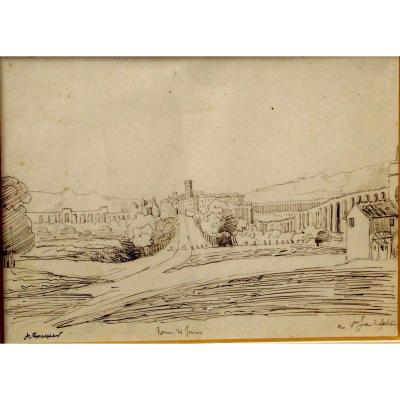


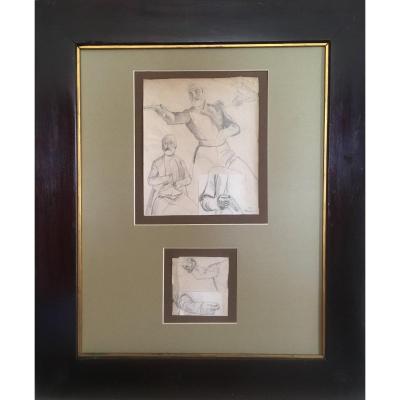
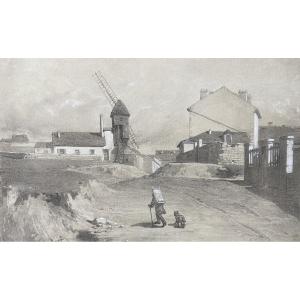



 Le Magazine de PROANTIC
Le Magazine de PROANTIC TRÉSORS Magazine
TRÉSORS Magazine Rivista Artiquariato
Rivista Artiquariato